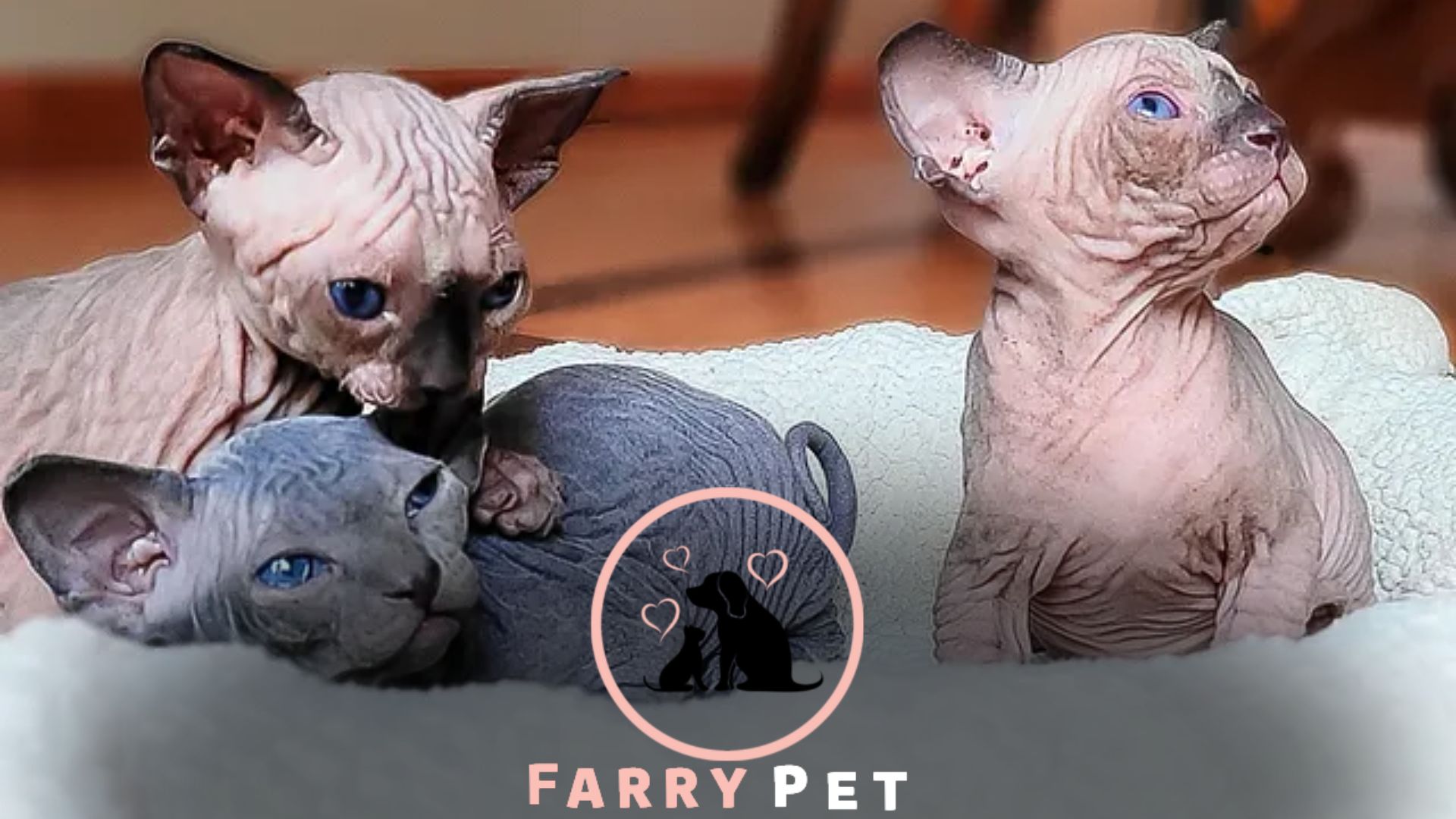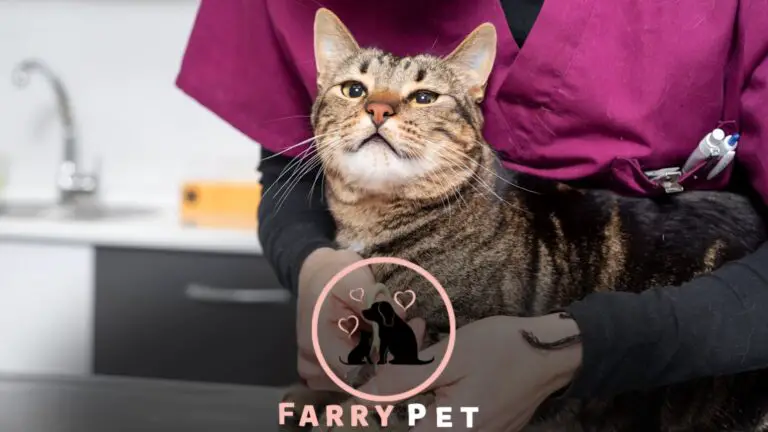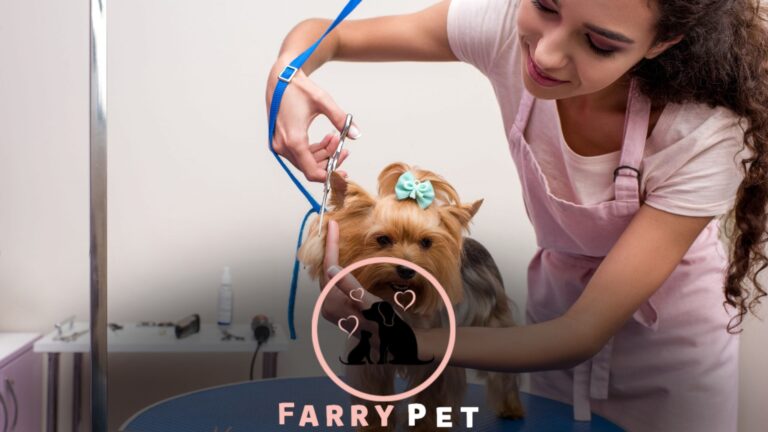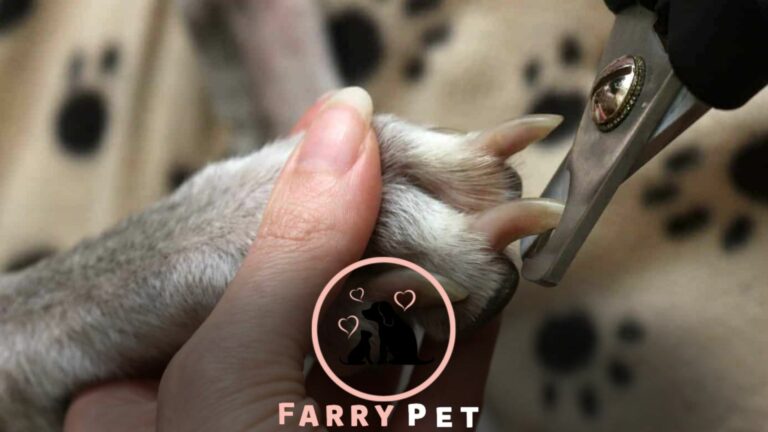
Hairless cats, also known as sphynx cats, do groom themselves. They use their tongues to clean their bodies and maintain good hygiene.
Hairless cats, specifically sphynx cats, are known for lacking fur. While they may not have the typical grooming needs of other cats, they still engage in self-grooming to keep themselves clean.
These cats use their tongues to lick their bodies like furry cats do, removing dirt, excess oil, and dead skin cells.
This self-grooming helps them stay hygienic and promotes good circulation and a healthy skin surface. Despite not having fur, hairless cats can still maintain themselves and exhibit the typical grooming behavior seen in other feline species.
The Importance of Grooming for Hairless Cats
Hairless cats may lack fur, but that doesn’t mean they don’t need regular grooming. Grooming plays a crucial role in maintaining their skin health.
By removing dead skin cells and distributing the natural oils on their skin, regular grooming helps prevent dryness and skin issues.
Additionally, grooming offers more than just physical benefits. It can also promote bonding between hairless cats and their owners. Spending time grooming your cat allows you to establish trust and strengthen your relationship.
Whether you use a soft brush or a damp cloth, make grooming a regular part of your hairless cat’s routine.
It will not only keep their skin healthy but also deepen the bond between you and your feline companion. For a comfortable grooming experience, consider using a Cat Nail Clipping Hammock, and don’t forget to learn the essential tips and techniques for cat nail clipping.
Natural Grooming Behaviors of Hairless Cats
Hairless cats possess unique self-grooming techniques to keep their skin healthy and clean. Their grooming instincts may differ from those of cats with fur, but they are just as effective.
Hairless cats are known to lick themselves to remove any dirt or debris.
This natural grooming behavior helps to stimulate oil production and spread it evenly across their skin, preventing dryness. Natural grooming behaviors can be encouraged in hairless cats by providing them with appropriate scratching surfaces and grooming tools.
Regular bathing also removes accumulated oils and maintains the skin’s moisture balance.
By understanding and respecting their grooming instincts, hairless cat owners can help ensure their unique pets’ overall health and wellbeing.
Challenges and Solutions for Hairless Cat Grooming
Hairless cats face unique challenges when it comes to grooming. Potential issues include oil buildup on their skin and the need for effective grooming routines.
Dealing with these challenges is essential for the well-being of hairless cats. Regular cleaning is important to prevent oil buildup, which can cause skin problems.
Tips and tricks can help owners establish an effective grooming routine for their hairless cats. This may involve gentle cleansers and moisturizers specifically designed for sensitive skin.
Regular bathing, drying, nail trims, and ear cleaning are also important aspects of grooming.
Hairless cat owners can ensure their pets stay clean and comfortable by addressing these challenges and implementing proper grooming practices.
Mastering the essential tips and techniques for cat nail clipping is a must, and proper cat restraint can make the process smoother and less stressful.
Assessing the Need for Assistance in Grooming
Like any other cat breed, hairless cats have the instinct to groom themselves. However, some factors can influence their need for external grooming assistance.
These factors include the cat’s age, health, and mobility. Older cats or cats with medical conditions may require additional grooming help.
Identifying signs of inadequate self-grooming is important in determining if assistance is needed. Look for signs such as matted fur, dirty or oily skin, and overgrown nails.
Regular monitoring of the cat’s grooming habits can help determine if external help is necessary.
Grooming is essential for a hairless cat’s overall health and well-being, ensuring their skin remains clean and free from irritations or infections.

Assisting Hairless Cats in Their Grooming Routine
Like any other feline, hairless cats require regular grooming to keep their skin healthy. Owners can adopt various techniques to assist in their grooming routine.
Using safe products and tools is essential for their sensitive skin. From gentle shampoos to soft brushes, each product should be specifically formulated for their needs.
Regular bathing is crucial to removing any debris and maintaining their cleanliness. Unlike cats with fur, hairless cats tend to accumulate more dirt, making establishing a consistent bathing schedule necessary.
By following these techniques, owners can ensure their hairless cats stay groomed and healthy.
Professional Grooming for Hairless Cats
Finding a groomer well-versed in hairless cats is crucial. Understanding the grooming process is important for proper care. Professional grooming offers numerous benefits for hairless cats.
It helps maintain their skin health and prevents skin-related issues. Groomers have the expertise to address specific needs that hairless cats have.
They use appropriate products and techniques to cleanse and moisturize the skin. Regular grooming sessions can also help detect any underlying health concerns.
Moreover, professional groomers can provide valuable advice on maintaining the cat’s skin at home. It is vital to seek professional grooming services to ensure the overall well-being of hairless cats.
So, finding the right groomer for your hairless feline companion is essential for its grooming and care needs.
Proper Moisturizing and Sun Protection
Hairless cats may not have fur to groom, but they require proper moisturizing and sun protection. Moisturizers suitable for their unique skin help keep it hydrated and supple.
Hairless cats are more susceptible to sunburn and skin damage, making sun protection crucial.
Sunscreens formulated specifically for pets, with an appropriate SPF level, should be used to shield their sensitive skin from harmful UV rays.
Regularly applying these sunscreen lotions, especially when they venture outside, can prevent sunburn and potential skin problems.
Protecting hairless cats from sun damage is essential for their health and well-being.
By following these guidelines, owners can ensure the skin of their hairless feline friends remains healthy and happy.
Tips for Preventing Common Skin Concerns
Like any other cat breed, hairless cats require regular grooming to maintain a healthy skin and coat. Preventing skin dryness and irritation is essential for their well-being.
Regular moisturization can help alleviate dryness and keep the skin hydrated. It’s important to keep hairless cats clean to prevent skin infections.
Regular bathing with gentle cat-friendly products and keeping their environment clean can help minimize the risk. Additionally, it’s crucial to avoid skin injury and promote healing in hairless cats.
Be cautious during playtime to prevent scratches and ensure proper wound care if any injuries occur.
Regular veterinary check-ups can help identify and address potential skin concerns early on. Maintaining a proper grooming routine and a balanced diet will improve skin health and well-being. Your hairless cat will thank you for it! Mobil Cat Grooming services offer a convenient way to care for your feline friend in the comfort of your own home.
Considerations for Environmental Conditions
Hairless cats, also known as sphynx cats, have unique grooming needs due to their lack of fur. They have delicate skin that is vulnerable to extreme indoor and outdoor environmental conditions.
Considerations for managing their skin health in different settings are crucial.
Hairless cats may require additional care and protection when exposed to extreme temperatures. This includes ensuring their indoor environment remains cool or warm, depending on the weather. Providing shelter and appropriate clothing for outdoor exposure can help them adapt to extreme conditions.
Both indoor and outdoor environments should be monitored carefully to prevent skin issues. Hairless cats can enjoy a healthy grooming routine and thrive in any climate by understanding their specific needs and making necessary adjustments.
Conclusion
Overall, hairless cats are exceptional when it comes to grooming themselves. Their lack of fur makes it easier for them to clean and maintain their skin.
Hairless cats have a natural oil on their skin that helps keep it moisturized, reducing the need for constant bathing.
Additionally, their lack of fur also means fewer hairballs and shedding, making them a great option for individuals with allergies. These cats are self-sufficient when it comes to hygiene, often spending a significant amount of time licking and grooming themselves.
However, it is important to note that they still require some assistance from their owners, especially in cleaning their ears and trimming their nails.
By providing regular upkeep and attention, hairless cats can lead healthy and hygienic lives. So, if you are considering adopting a hairless cat, rest assured that their grooming habits will not be a cause for concern.






